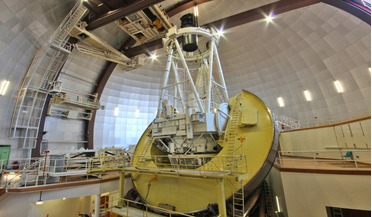 18 April 2018
Ambitious Galactic survey to help find Sun's lost family
18 April 2018
Ambitious Galactic survey to help find Sun's lost family
... at specific wavelengths. Collecting light from each star is very time consuming – it takes about an hour to collect enough photons of light for each star in order to scrutinise its spectra. Luckily the Anglo-Australian Telescope (AAT) at the...
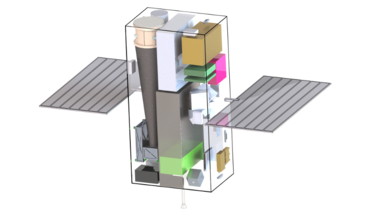 11 May 2018
Revolutionary X-Ray navigation system to be used on CubeSat mission
11 May 2018
Revolutionary X-Ray navigation system to be used on CubeSat mission
.... To determine how the Moon formed, CubeX would use a technique called X-ray fluorescence, or XRF to capture “fluorescing” photons with a tiny X-ray optic and an onboard spectrometer. XRF works by detecting X-rays emitted from individual atoms...
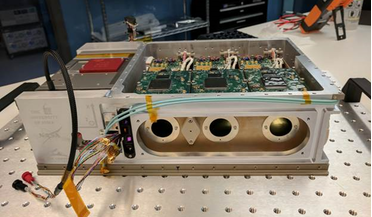 23 July 2018
Small box with big designs to find the missing matter in the Universe
23 July 2018
Small box with big designs to find the missing matter in the Universe
... (3.6 million degrees Fahrenheit) and while other NASA telescopes such as Chandra can pick up these super hot photons, it can only do so in a small patch of sky at any one time. HaloSat on the other hand will look at the...
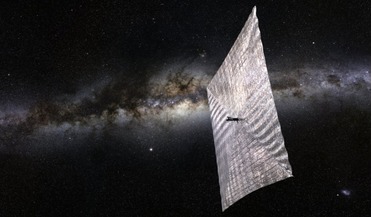 24 July 2019
LightSail 2 unfurls its sails and soars through space
24 July 2019
LightSail 2 unfurls its sails and soars through space
... to travel past Venus via nothing more than the momentum gained from the massless light particles (photons) bombarding the sail, which stream constantly from the Sun. The probe had no steering mechanism though...
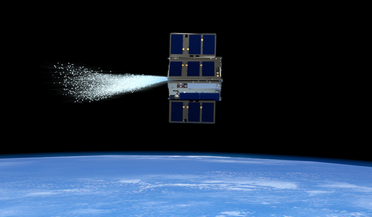 12 August 2019
Communicating water-powered CubeSats tested in space by NASA
12 August 2019
Communicating water-powered CubeSats tested in space by NASA
... need to point its beam with sufficient accuracy and precision so that the target can receive as many photons as possible into the collector, another seemingly innocuous Earthly feature can cause problems; cloud cover. If just...
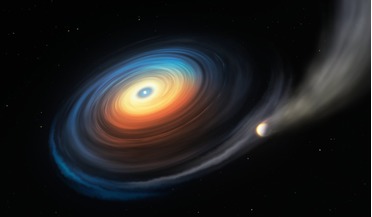 04 December 2019
Giant planet found orbiting a white dwarf for the first time
04 December 2019
Giant planet found orbiting a white dwarf for the first time
... has a temperature of 28 000 degrees Celsius (five times as hot as the Sun), in just 10 days. The high-energy photons crammed inside the dead star are gradually blowing away the planet's atmosphere and while most...